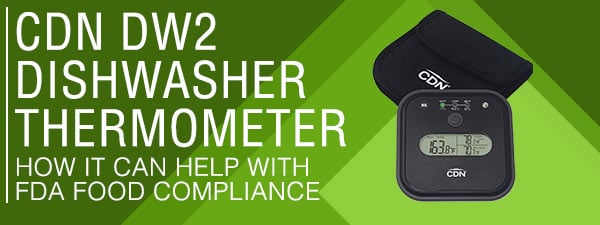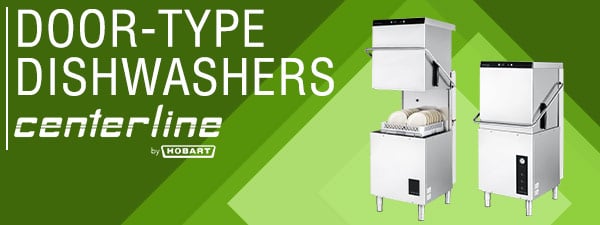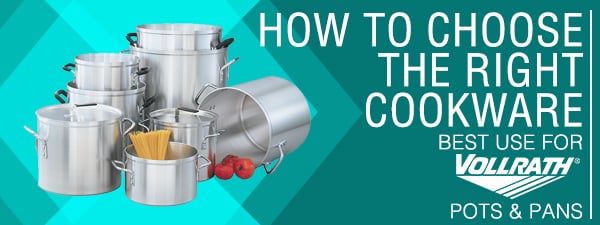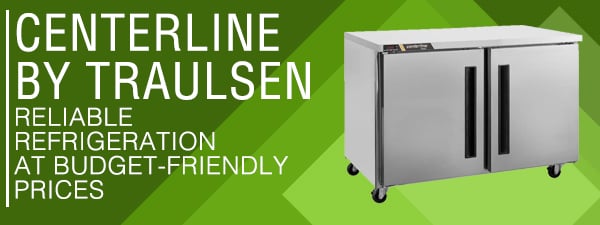Find the Beer Tower that Best Meets Your Needs
- Aug 29, 2017
- 0 Comments
Just take our quiz below, and we’ll recommend a beer tower style for you. If you want more information on any of the questions we asked, just scroll under the quiz – we’ve elaborated on many of the points.

Air-Cooled vs. Glycol-Equipped Beer Towers
Air-cooled is just what it sounds like – as the beer travels to the faucet, cold air is pushed along with it. Air cooled towers are commonly used on beer dispensers where the beer faucets sit right on top of the refrigeration. Though this option can be used for a long-draw system, it has fallen out of popularity; usually only considered when you are only pouring 1-3 products from a walk-in cooler very close by. For air-cooled long-draw, the system works by pushing the cold air, along with the beer lines, through ducts wrapped in insulation by a blower, helping to maintain the temperature of the beer until it is poured. For this system to be effective, your cooler should be relatively close to your dispenser (probably less than 25 feet). It's a pretty valid option too for those who are working with a lower budget.
Glycol-equipped is a bit more complicated, but much more effective. The tower is set up with an aluminum cooling block wrapped around each of the faucet shanks. The glycol from your glycol chiller will then pass through these blocks. The glycol cools the block (which in turn cools the shank) keeping your beer cool along the insulated trunkline and all the way to the faucet in the tower. This is the best option if you have a long-draw system, as glycol can keep your beer cool over longer distances.
Learn more about the different types of long-draw systems.
T Tower vs. Pass-Thru Tower vs. Draft Arm for Beer Dispensing
The main difference between the towers is where they are most commonly found, although both can be used on either a beer dispenser or on a bar.
T towers are very common on a beer dispenser, since many only have one opening or the spacing between dispensers with two tower openings may vary greatly between models. T-towers are also hugely popular on bars since they require less bar top space to drill into. A Pass-thru (or H) tower is more common when you have a bar with a long-draw system serving many products. Though they can be used on beer dispensers, precise measurements from your dispenser are needed to ensure a proper fit. Normally, equipping beer dispensers with two t-towers is a lot more easy.
If you plan on having a beer tower with a lot of faucets, choosing a pass-thru tower gives you the option to split them up over two trunk lines, which can protect you if one of your glycol pumps goes out (you would only lose half of your product instead of all of it, assuming you have one pump for each trunkline).
A draft arm is a good option for a beer dispenser when you are only planning on serving a 1-3 products.
Fun Fact: The term “pass-thru” was coined when air-cooled towers were more common and you needed one column for the air supply line and one column for the air return line.
 T-Tower |
 Pass Thru Tower |
 Draft Arm |
Standard T Tower vs. Shoebox Design T Tower for Quick Access to Beer Parts
The shoebox design differs from a standard T Tower in that it has a lid that slips right over the top. This removes the need for screws (giving your tower a smoother, classier look), and provides easy access to the inside of the tower if you ever need work done. This means it’s a good choice if you are an extremely high volume facility and anticipate regular maintenance visits.
Serving Coffee, Wine, Soda, or Cider
If you plan on serving something other than beer through your tower, you will want to get all stainless steel components. Stainless steel can better handle the differences in acidity and will last much longer.














